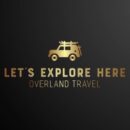Democratic Republic of Congo – Let’s explore here
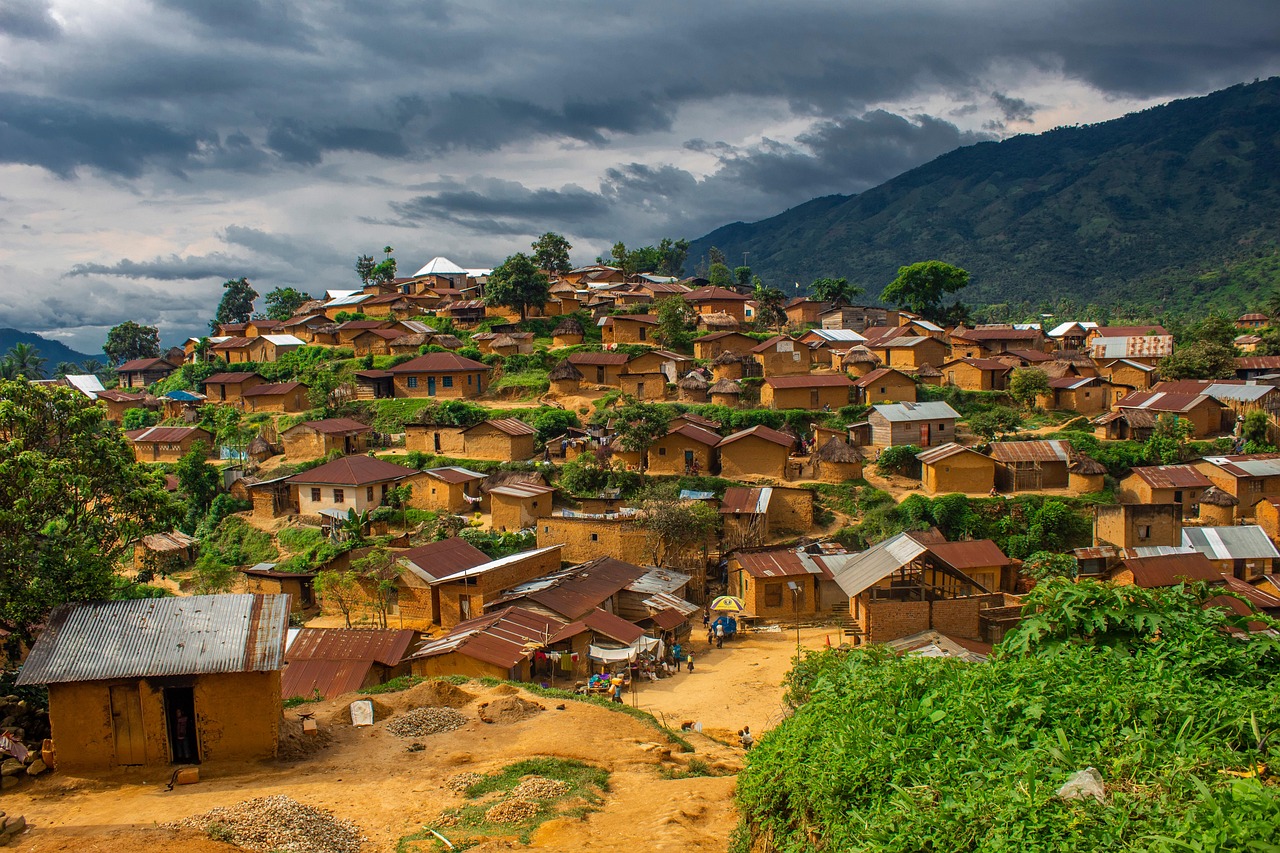
What’s it like in the Democratic Republic of Congo?
The Democratic Republic of Congo (DRC), formerly known as Zaire, is the second largest country in central Africa. Its name in its other official languages include République démocratique du Congo / Repubilika ya Kôngo ya Dimokalasi / Jamhuri ya Kidemokrasia ya Kongo / Ditunga dia Kongu wa Mungalaata / Republíki ya Kongó Demokratíki.
About 9½ times the size of the UK, it is mainly comprised of rainforest. In fact the Congo rainforest is the second largest in the world, after the Amazon. Most of the mountains lie in the east on the borders with Uganda and Rwanda, however the highest point is Mount Ngaliema, in the south west of the country, at 16,762 ft (5,109 m) above sea level.
The DRC sits on the equator and shares land borders with Burundi, Rwanda, Tanzania, Uganda, South Sudan, Central African Republic, Angola, Zambia and the Republic of Congo. It also shares a border with Cabinda, a disputed enclave of Angola.
The population of the DRC is around 111 million people (2024), about one in six of whom live in the capital, Kinshasa. The DRC has the most thunderstorms on the planet.
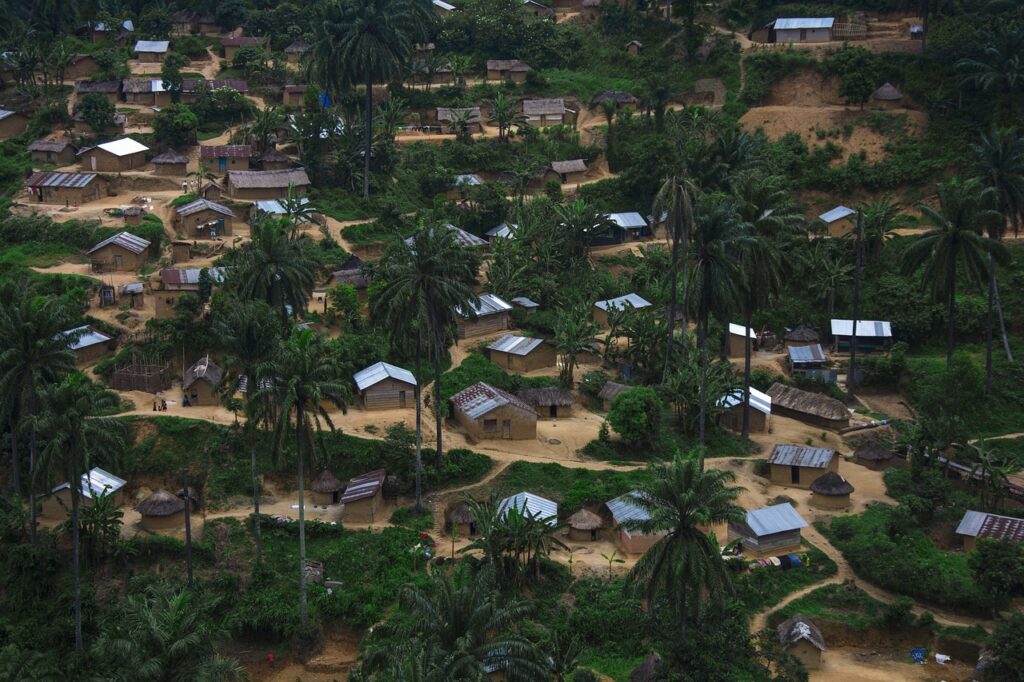
A bit about history of the Democratic Republic of Congo
Early History and Indigenous Groups
The area that is now the Democratic Republic of Congo has been home to various ethnic groups for thousands of years. The Bantu peoples, who migrated into the region over a millennium ago, are the largest ethnic group. The region was known for powerful kingdoms, such as the Kingdom of Kongo, which thrived from the 14th to the 19th centuries. These kingdoms were engaged in trade, including with Europeans, and had complex social and political systems.
Colonial Period and Belgian Rule
In the late 19th century, King Leopold II of Belgium took control of the Congo Free State, which became a personal possession rather than a Belgian colony. The exploitation of natural resources, particularly rubber, and the brutal treatment of the local population led to widespread abuses and millions of deaths. In 1908, international pressure forced Belgium to annex the territory, and it became a Belgian colony known as the Belgian Congo. Under Belgian rule, the country’s resources were heavily exploited, and the Congolese population had little control over their own affairs.
Path to Independence
After World War II, nationalist movements calling for independence gained momentum across Africa. In 1960, the Belgian Congo gained independence and became the Democratic Republic of the Congo, with Patrice Lumumba becoming the country’s first prime minister and Joseph Kasavubu as president. However, the country’s immediate post-independence period was marked by political instability and conflict, including the secession of the mineral rich Katanga province under Moïse Tshombe.
Crisis and Mobutu’s Rule
In 1965, following a period of civil unrest and political instability, Colonel Mobutu Sese Seko took power in a coup, later renaming the country Zaire. Mobutu ruled as a dictator for over three decades, maintaining control through repression, corruption and patronage. While Mobutu’s regime initially brought some stability, it was characterised by economic mismanagement, political repression and widespread corruption. The country’s vast mineral resources were exploited, but the majority of the population lived in poverty.
The First and Second Congo Wars
In the late 1990s, Zaire’s instability and Mobutu’s weakening grip on power created a power vacuum. In 1997, Laurent-Désiré Kabila, with the support of Rwanda and Uganda, overthrew Mobutu and renamed the country the Democratic Republic of the Congo. However, shortly after taking power, Kabila’s relations with Rwanda and Uganda deteriorated, leading to the outbreak of the First Congo War (1996-1997) and the Second Congo War (1998-2003), which involved several African nations and resulted in widespread devastation, loss of life and the displacement of millions of people.
Post-War Transition and Ongoing Conflict
After the end of the Second Congo War in 2003, a fragile peace was established, but the country continued to experience violence and instability, particularly in the eastern regions, which are plagued by armed rebel groups, militias and regional conflicts. Joseph Kabila, Laurent-Désiré Kabila’s son, became president after his father’s assassination in 2001. His rule lasted until 2019, marked by efforts to stabilise the country, though the country faced widespread corruption, human rights abuses and economic challenges.
Recent Developments and Political Transition
In December 2018, after years of delays, elections were held, and Félix Tshisekedi was declared the winner, marking the first peaceful transfer of power in the DRC’s history. However, his presidency has been challenged by political opposition, security issues in the eastern provinces, attempted coups and the ongoing humanitarian crisis.
Modern Democratic Republic of Congo
Today, the DRC is one of the most resource rich countries in the world, with vast deposits of minerals such as cobalt, copper and diamonds. Despite this wealth, it remains one of the poorest countries, plagued by ongoing conflicts, political instability and a lack of infrastructure. The eastern regions continue to experience violence from rebel groups, and the country faces major challenges in healthcare, education and development. Efforts to improve governance and bring lasting peace continue, but the DRC’s political and security situation remains volatile.
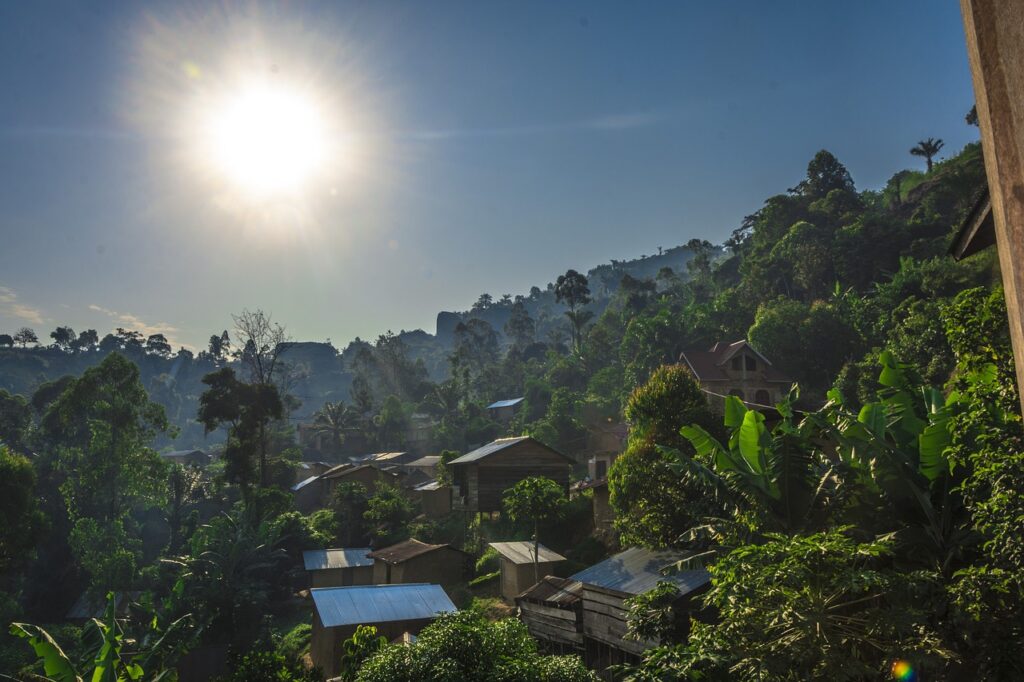
Democratic Republic of Congo road trip
Map of our road trip through the DRC
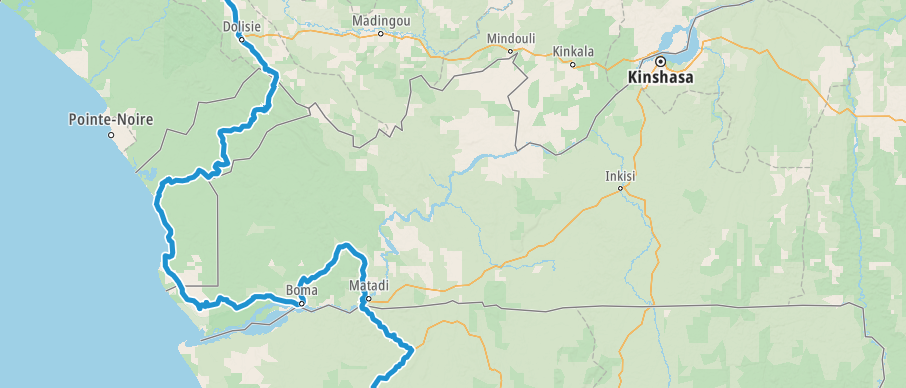
Our current planned route takes from the Republic of Congo into Cabinda (Angola), and then through the west of the DRC before heading back into Angola proper.
Hopefully our journey will improve our knowledge of this intriguing and beautiful country, and enable us to meet some interesting people. We’ll be updating this page at that time – don’t forget to check back 🙂
Map of the Democratic Republic of Congo
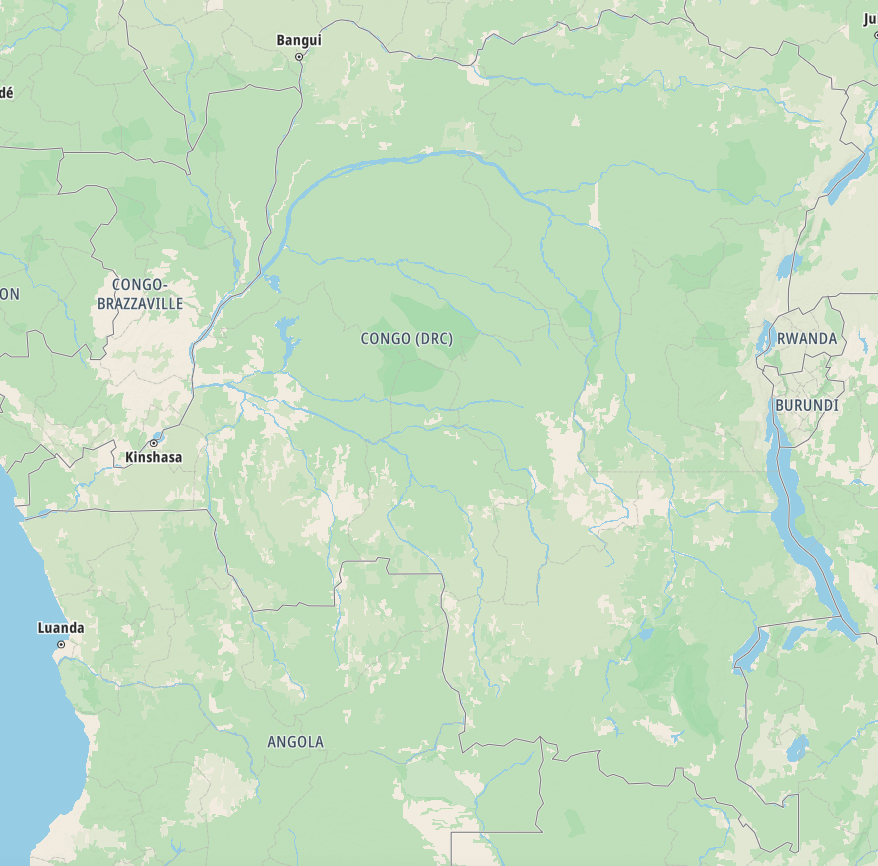
What’s it like to drive in the Democratic Republic of Congo?
They drive on the right hand side of the road in the DRC. In the main, roads are very poor, with many being unsurfaced dirt tracks. Driving standards are also poor.
Do you require an international driving permit in the DRC?
We’ve created a dedicated page to driving abroad, which answers this question, and more, which you might find helpful.
Can you use your UK driving license when driving through the DRC?
We’ve created a dedicated page to driving abroad, which answers this question, and more, which you might find helpful.
Do I need a carnet de passages to drive in the DRC?
A Carnet de Passages is required to overland in the Democratic Republic of Congo. We’ve created a dedicated page to driving abroad, which answers this question, and more, which you might find helpful.
What is the weather like in the Democratic Republic of the Congo?
The DRC crosses the equator and thus has rainy seasons dependent ono whether you are in the northern or the southern hemispheres. In the north, the dry season is from December to February. In the south, it runs from June to August. On the equator it rains all throughout the year, and thus there is no dry season.
What currency do they use in the DRC?
In the Democratic Republic of Congo they use the Congolese franc, although US dollars are widely accepted. Cash is widely used. The use of credit / debit cards is not widely accepted outside of the capital. Travellers cheques are not readily accepted. There are few ATMs outside the capital.
You should make yourself aware of the amount that your bank charges you for using credit and debit cards abroad. Often credit cards are cheaper for purchasing items directly, and for withdrawing cash from ATMs.
What language do they speak in the DRC?
They mainly speak Kituba, Swahili, Tshiluba, and Lingala in the DRC, although French is also widely spoken, and is the official language. English is not widely spoken.
What time zone is the Democratic Republic of Congo in?
Remember, when you’re planning your next trip to take a look at what time zone it’s in.
Do I need a visa to visit the Democratic Republic of Congo?
We’ve created a dedicated, more comprehensive page on visas, which you should find helpful. Check it out!
Is wild camping legal in the Democratic Republic of Congo?
Yes, wild camping is fine in the DRC.
What plug / socket type do they use in the Democratic Republic of Congo?
In the Democratic Republic of Congo they use plug / socket types C, D and E.

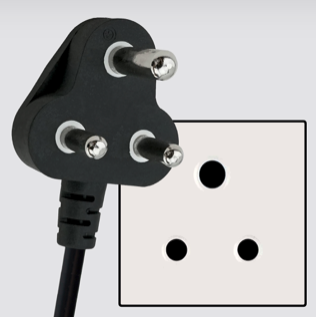

Health issues in the Democratic Republic of Congo
Is it safe to drink water in the DRC?
No, it is not safe to drink tap water in the DRC. Bottled water is readily available throughout the country.
What vaccinations are required for the Democratic Republic of Congo?
This NHS website is kept up to date with all relevant information on vaccinations in the DRC.
Phones in the Democratic Republic of Congo
What is the country calling code for the Democratic Republic of Congo?
The country calling code for the Democratic Republic of Congo is +243
What are the emergency phone numbers in the Democratic Republic of Congo?
- The emergency number for police in the DRC is: 112
- In the DRC, the emergency number for ambulance is: 112 (maybe?)
- The emergency number for fire in the DRC is: 118
If you’ve got some useful info that you’d like to share, let us know!
And don’t forget to check out all the other pictures!
